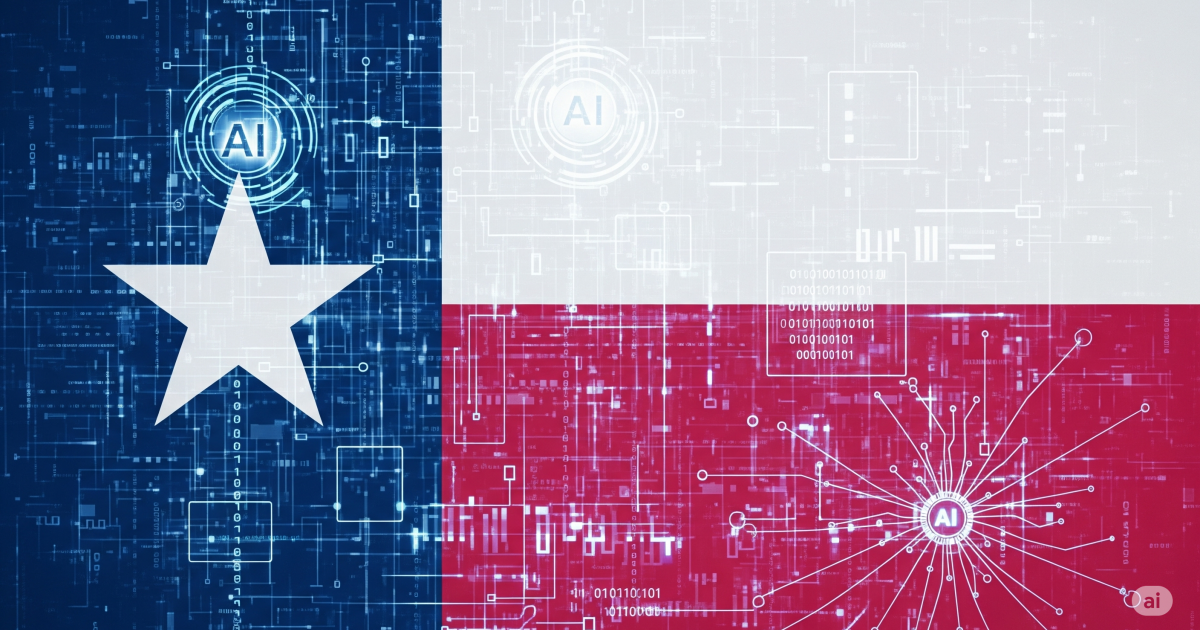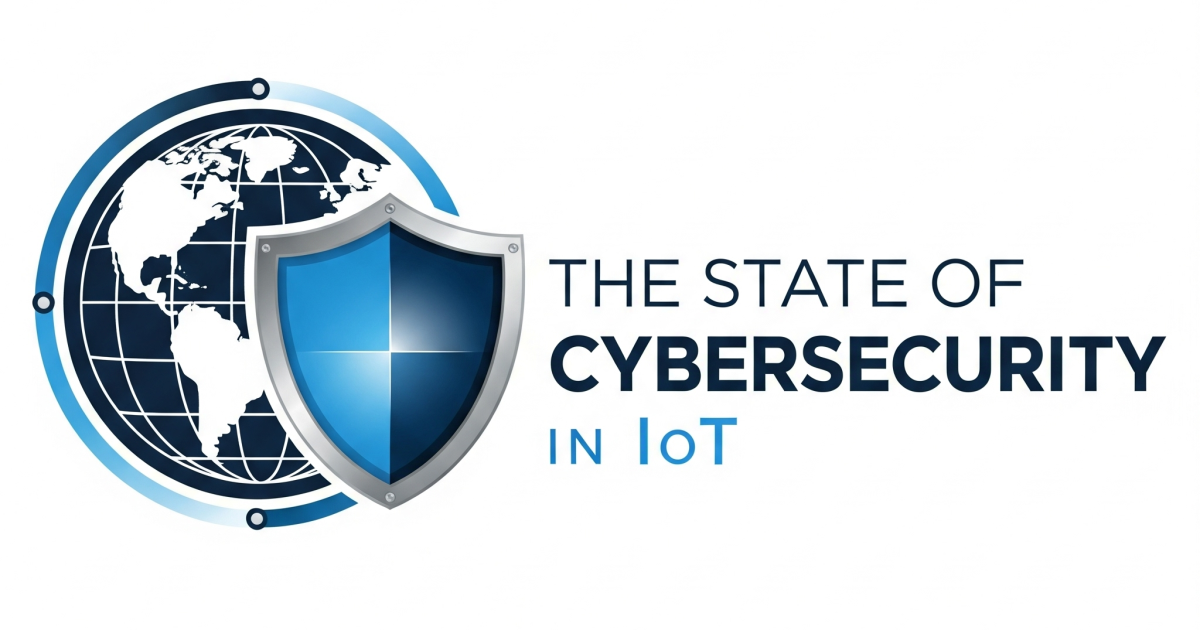Americans are aging and technological advances, especially in the age of the IoT, present exciting opportunities to address the needs of the booming senior population while keeping costs under control.
By 2050, projections indicate the population of citizens in the U.S. 65 and older will grow to 83.7 million. That’s double today's numbers. And 44 percent of men and 58 percent of women will require some form of senior care in their lifetime.
Our current health care system is overstressed, and the need for advances in patient privacy, in-team communications, and reliable senior care have become a must to meet the rising corporate, operational, and caregiving challenges. Smart health care providers have begun to utilize IoT-based monitoring systems to improve patient care, address legacy IT systems to enhance in-team communication, and assess security vulnerabilities to protect patient privacy.
In a hospital setting, every vital sign can be monitored. But once patients are discharged, the ability of health professionals to monitor their vital data becomes increasingly limited. With IoT-based monitoring, however, vital signs, weight, blood pressure, blood sugar, blood oxygen levels, heart rate, and even electrocardiograms can be transmitted seamlessly to health care professionals in hospitals and intensive care units, skilled nursing facilities, and centralized off-site case monitoring programs. As a result, quick action can be taken to improve the quality of life for seniors by reducing hospitalization and re-admission rates.
In conjunction with improving patient care through IoT-based remote health monitoring, advances in private, public, or hybrid cloud computing allow health care providers to reduce operational costs and increase flexibility. However, in-team care communications within health care organizations may still be limited by legacy IT systems. Fortunately, many hospitals and health care providers have begun to address their legacy systems with less expensive and integrated platforms. Health care providers also have begun to shift their encounter-based and episode- specific views of treatment to more long-term views. That’s enabled by technology, which enables them to more easily track their patients and internal in-team communications over time to improve overall operational efficiencies and treatment.
However, there’s a downside to all of this.
The advances in IoT-based health monitoring, cloud computing, and in-team communications create a new risk for health care providers in the form of patient privacy. This risk must be addressed to protect the universal right for medical and health privacy, one of the requirements of the Hippocratic Oath, and the foundation of HIPAA confidentiality.
Part of the challenge is due to the sheer magnitude of data the needs to be secured. The days of a single physician keeping handwritten files on patients is over. Instead, this data now exists online. So health care providers must protect the large volume of patient data they now collect electronically.
Another aspect to consider is our aging population. With the rise of Americans 65 and older, the need to protect patient information is only growing.
But the challenge of protecting patient privacy and securing health care records goes beyond technology. It should also involve proper training and in-team communication. All the IT security in the world can't protect patient information downloaded to an unprotected personal device, for example.
And this is not a one-and-done proposition. The most advanced health care providers know patient privacy and security requires constant monitoring and vigilance. To address vulnerabilities, health care providers must conduct periodic risk assessments as required by HIPAA, protect data-at-rest by encrypting all portable devices, invest in workforce security awareness, and regularly assess vulnerabilities to protect high-value patient information from identity theft
About the Author: Clay Aiena is CIO at StoneGate Senior Living, a full-spectrum senior care and housing company. He also has experience in the health care and medical device industry.
Edited by
Ken Briodagh





